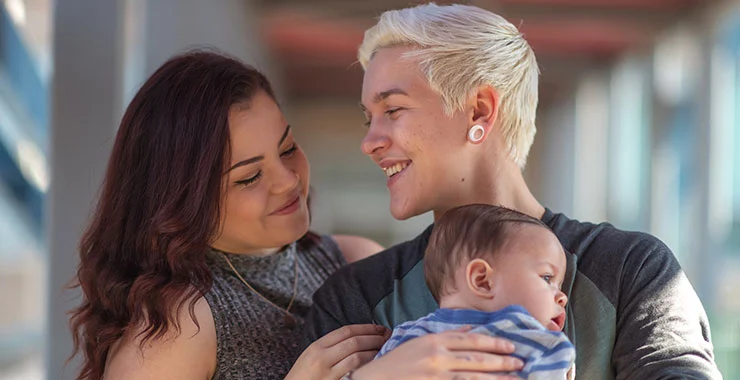Introduction
We at our organization believe in the importance of understanding and respect for all relationships. The intricate world of gay and lesbian relationships, shedding light on their unique dynamics, challenges, and strengths and how they contrast with their heterosexual counterparts.
The Dynamics of Gay and Lesbian Relationships
Exploring the Essence of Same-Sex Relationships
Gay and lesbian relationships, like any other, are rooted in love, mutual respect, and understanding. As we dissect these relationships, they often offer a refreshing perspective on emotional bonding and partnership.
The Unique Challenges
Although progress has been made worldwide regarding acceptance and recognition, gay and lesbian relationships often face societal hurdles and legal obstacles. These challenges can sometimes forge stronger bonds between partners, strengthening their resolve and enhancing their ability to navigate life together.
The Strengths
Contrary to certain stereotypes, gay and lesbian relationships have many strengths. They often show high levels of equality, shared responsibility, and open communication. These elements are crucial in any relationship and can serve as a learning point for all couples, regardless of their sexual orientation.
Comparing Gay and Lesbian Relationships with Heterosexual Ones
Equality and Power Dynamics
In many straight relationships, traditional gender roles may influence the balance of power. In contrast, same-sex couples tend to display a more balanced distribution of power and responsibilities, enabling a higher degree of equality in their relationships.
Communication and Conflict Resolution
Studies suggest that gay and lesbian couples often exhibit superior communication skills, leading to effective conflict resolution. The absence of gendered expectations in communication styles allows for more open and honest conversations.
Relationship Satisfaction
While relationship satisfaction varies significantly among all couples, research indicates that same-sex couples may report similar or sometimes higher satisfaction levels than their heterosexual counterparts. This could be attributed to their resilience in overcoming societal challenges, and the factors mentioned earlier, like equality and effective communication.
Conclusion
Ultimately, it’s crucial to remember that every relationship, regardless of sexual orientation, is unique and complex. By understanding and acknowledging these differences and similarities, we can cultivate a more accepting and respectful society of all forms of love.
As we continue this dialogue, we hope to contribute to the broader conversation surrounding the nuances of gay and lesbian relationships, fostering a deeper understanding and appreciation for the diversity of human relationships.
